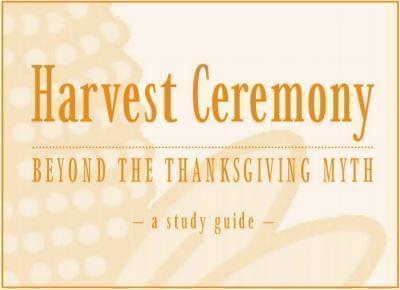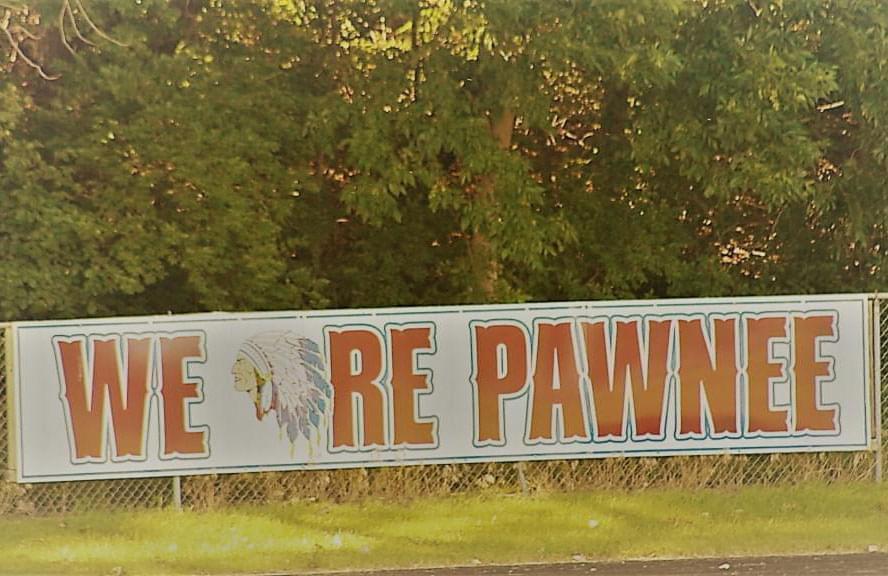Today's Lesson: The Native American Experience
Native American Heritage Month has evolved from its beginnings as "American Indian Week” in 1986—just a week-long celebration over the Thanksgiving holiday—to now a month-long celebration of the rich and diverse cultures, traditions, histories, and important contributions of Native people. This is also opportune time to educate ourselves on the distinctive set of challenges American Indians and Alaska Natives still face today. These conversations can be difficult to start, and often are focused on either talking to very young children, or how to educate ourselves as adults. But social justice learning is a life-long journey, and one that is just as important for those in the in between age categories, AKA adolescents. Below you will find educational resources specifically geared toward school-aged children.
Click here to return to the main page.
Learning Levels
Early Childhood Adolescent AdultRead
Beyond the Thanksgiving Myth

Contemporary celebrations of the Thanksgiving holiday focus on the idea that the “first Thanksgiving” was a friendly gathering of two disparate groups—or even neighbors—who shared a meal and lived harmoniously. In actuality, the assembly of these people had much more to do with political alliances, diplomacy, and an effort at rarely achieved, temporary peaceful coexistence. Thanksgiving celebrated today is more a combination of Puritan religious practices and the European festival called Harvest Home, which then grew to encompass Native foods. For more on this Thankgiving myth, you can check out Smithsonian's National Museum of the American Indian's "Harvest Ceremony: Beyond the Thanksgiving Myth–a Study Guide".
EXTRA CREDIT: From the airwaves to the classroom, contemporary spaces are being transformed by Indigenous youth who insist on being seen and being heard. Whether learning ancestral languages, lending their voices to Native songs or partaking in the tradition of knowledge sharing, these young people continue to celebrate and preserve Indigenous heritage. The PBS Series Native America put together a collection of "Voices of Indigenous Youth".
Watch
Cahokia Mounds State Historic Site
The remains of the most sophisticated prehistoric native civilization north of Mexico are preserved at Cahokia Mounds State Historic Site, located a few miles west of Collinsville, Illinois. Within the 2,200-acre tract lie the archaeological remnants of the central section of the ancient settlement that is today known as Cahokia. In this clip from WTVP’s Illinois Adventure takes us on a trip to this significant place, right here in our own backyard—a site the United Nations Educational, Scientific, and Cultural Organization (UNESCO) declared a World Heritage Site for its importance to our understanding of the prehistory of North America.
EXTRA CREDIT: Carlos Montezuma Montezuma was born in 1866 in the Arizona territory. As a small boy, he was stolen from his family and sold as a slave. He spent his early childhood on the road with an Italian photographer, and performed with Buffalo Bill’s Wild West Show before starting school in Chicago. In 1884, Montezuma became the first Native American to graduate from the University of Illinois and later became one of the first to earn a medical degree. Learn more about Dr. Carlos Montezuma's story in this short film.
Listen
Racist High School Mascots Still Exist

In the past year, as professional sports teams such as the Washington Football Team, and Cleveland baseball team have made decisions to change their race based Native American mascots and logos, the debate here in Illinois continues. In total, there are over 50 Illinois high schools using Native American imagery or names for their mascots. While the issue has continued across the state, actual change has been slow. On this episode of The 21st, Illinois Public Media's statewide talkshow, Ted Trujillo and Representative Maurice West join the show to talk about how and why racist high school mascots still exist in Illinois. Trujillo is a member of the Passamaquoddy Tribe, Morris High School alumni, and activist working to replace racist high school mascot names in Illinois, and Rep. West is a member of the Illinois House of Representative for the 67th district (D - Rockford). Take a listen to their conversation.

